A Danish wastewater treatment plant produces more energy than it consumes
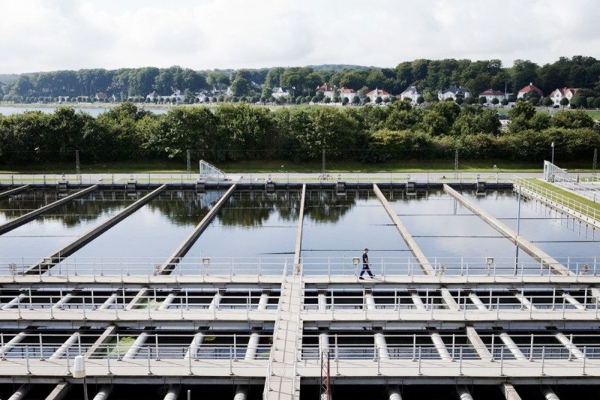
Marselisborg WWTP has energy self-sufficiency above 100 % and the plant is in fact a power station
Marselisborg WWTP has energy self-sufficiency above 100 % and the plant is in fact a power station
Water and wastewater facilities are very energy demanding as they consume 8% of global electricity and represent up to 40% of local authorities’ total electricity consumption. So, it is rather impressive when a wastewater treatment plant (WWTP) in a city of 200,000 people manages to cover all its energy needs and even return electricity into the local grid, based only on energy produced by household wastewater. Even though the production of energy from wastewater is not a new invention, Marselisborg WWTP in Aarhus, Denmark is the first plant to be actually transformed from an energy consumer to an energy provider. In 2016, it produced 40% more electricity than it needed and 2.5 GW of heat for the district heating system without using additional external organic waste or carbon. The excess energy is enough to cover the needs of the drinking water supply and wastewater treatment facilities in the region.
How they did it
In 2015, Marselisborg WWTP had a total energy production of 9,628 MWh/year and an energy consumption of 6,311 MWh/year, equivalent to a net energy production of 153%. To achieve these remarkable results, the engineers managed to both increase the plant’s overall efficiency and reduce its energy consumption. Energy-saving technologies such as an advanced SCADA control system, a new turbo compressor and sludge liquor treatment based on the anammox process have been implemented and Danfoss frequency converters have been installed at all rotating elements. The fine bubble aeration system was also optimized. All these resulted in a reduction in power consumption of approximately 1 GWh/year (about 25% in total savings). On the other hand, the energy production has been improved through implementation of new energy efficient biogas engines (CHP), resulting in an increase of approximately 1 GWh/year. Furthermore, a new heat exchanger has been installed with the aim of selling surplus heat to the district heating grid, which represents approx. 2 GWh/year.
The process
In order to break down the organic materials, the remaining sludge from the wastewater treatment undergoes anaerobic digestion at a steady temperature of 100.4°F (38°C) and biogas (mostly methane) is produced. Biogas is then burned to generate electricity and heat. This process is used at many wastewater treatment plants as a way to burn off harmful greenhouse gas emissions, but none have attempted to harness that electricity for reuse in such a scale until now.
The technological upgrades in Marselisborg were an investment of nearly €3 million, but Aarhus Water officials expect the new system to pay for itself in just five years’ time thanks to maintenance savings and the added benefit of selling excess electricity back to the power grid and the district heating system. Many cities are now interested in following Aarhus’s WWTP example and the Marselisborg plant is visited by energy experts and decision-makers from the entire world.
Media
Want to read more like this story?

Energy Upgrading In Buildings Saves Billion Euros From Energy Production
Oct, 16, 2015 | NewsThe energy upgrade of EU buildings could save 80-153 billion Euros until 2050 in investment funds th...
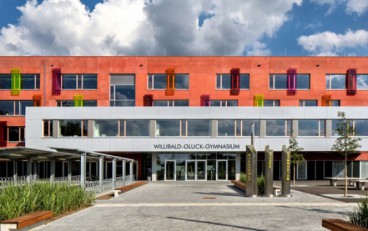
This new, energy-optimized school building utilizes solar and near-surface geothermal energy
Oct, 02, 2017 | NewsDuring its first year of operation, the heat pumps have contributed their planned share to the heat...

By 2050, half of the EU citizens could be generating their own renewable energy
Oct, 10, 2016 | NewsA people-powered energy revolution is possible and may be close at hand A people-powered energy r...

A Chinese tidal energy project qualifies as ‘world record’
Jun, 29, 2018 | NewsThe country’s first tidal energy demo project completed one year of operation The country&r...
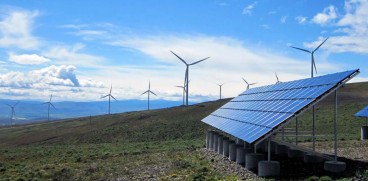
Data-Driven Siting: Revolutionizing Renewable Energy Efficiency
Dec, 20, 2024 | NewsBuilding efficient solar and wind farms requires more than just identifying areas with the most sun...
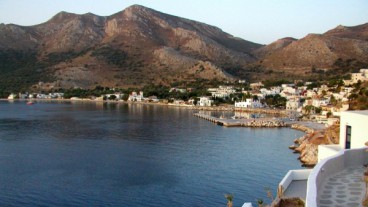
Tilos, a small Greek island wins the EU Sustainable Energy Awards 2017
Jul, 04, 2017 | NewsAn innovative project based on renewable energy technologies will make the island energy independent...
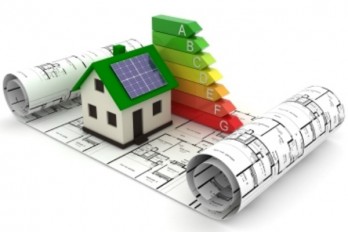
EU Parliament is updating the EU's rules to further improve the energy efficiency of buildings
Apr, 12, 2018 | NewsFrom January 1st, 2021, all new buildings in the EU should use little or no energy for heating, cool...
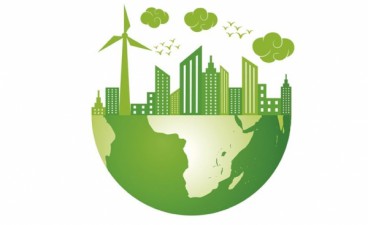
World Sustainable Energy Days 2018 in Wels, Austria
Feb, 01, 2018 | NewsOne of the largest conferences on sustainable energy One of the largest conferences on sustainable...
The prospects for carbon-neutral buildings
Oct, 27, 2023 | NewsIn the United Kingdom, buildings account for 33% of greenhouse gas emissions and 40% of global ener...
Trending

Taipei 101’s impressive tuned mass damper

Morocco Implements Landmark Dam Perforation to Combat Water Stress in Marrakech
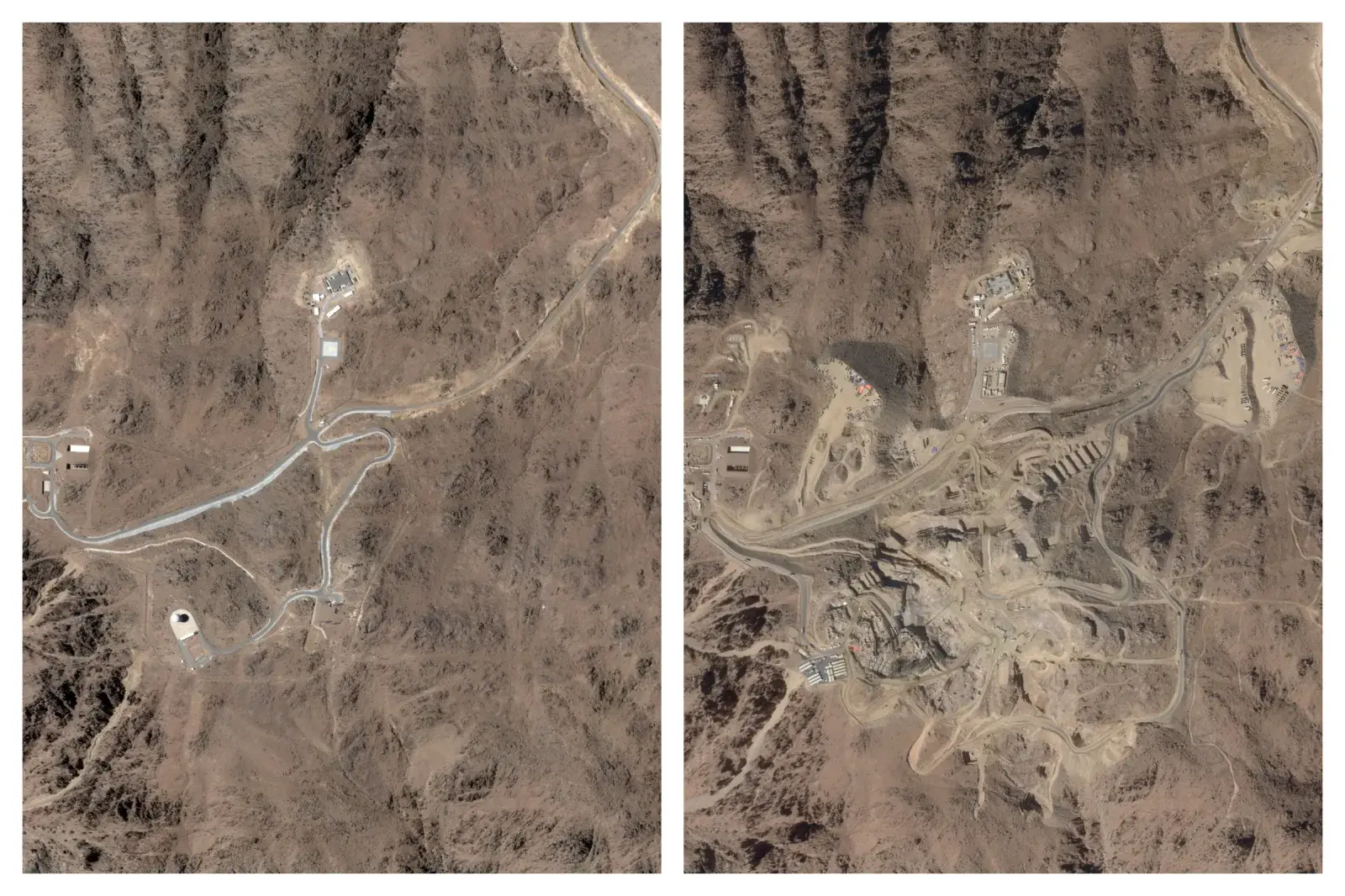
The Line at Neom faces feasibility reassessment while construction continues

Characteristics of Load Bearing Masonry Construction

China Completes World’s Longest Expressway Tunnel, Redefining Connectivity

Jerusalem advances blue line works and plans 2-km city-center tunnel

Huawei advances unified mining networks across South America

